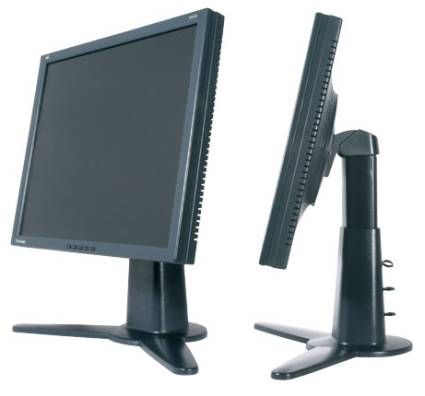The Secret Sauces of THG's LCD Tests
Example Of Use: Viewsonic VP191b, VA + Overdrive
Overdrive is a special case. But the overall method is still applicable: albeit with some precautions.
Overdrive, How Does It Work?
If you look at the latency of a standard LCD TN panel, you'll notice that the display time (the time taken to transition from black to white) is a lot higher than the fade time (the time taken, not surprisingly, to move from white to black) That's what our readings are showing here.
Not surprisingly, therefore, it's the display time that the manufacturers try desperately to minimize.
The display time is always better when the transition is significant, 0 to 255 (total black to saturated white, for instance). That's confirmed by the curve in our illustration.
So, the idea is simple. In order to go from black (0) to grey (128), for example, the pixel is taken through an intermediate state: saturated white (255).
To put it another way, instead of doing 0 -> 128, it's asked to go 0 -> 255 -> 128.
Get Tom's Hardware's best news and in-depth reviews, straight to your inbox.
Current page: Example Of Use: Viewsonic VP191b, VA + Overdrive
Prev Page What About The Standards? Next Page Overdrive, How Does It Work? Continued
